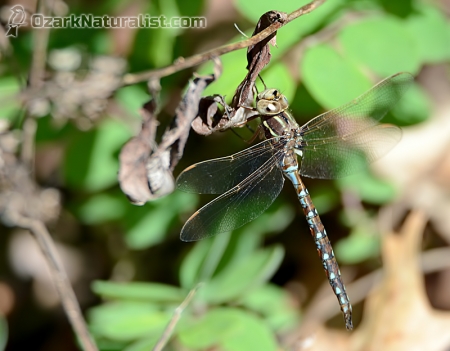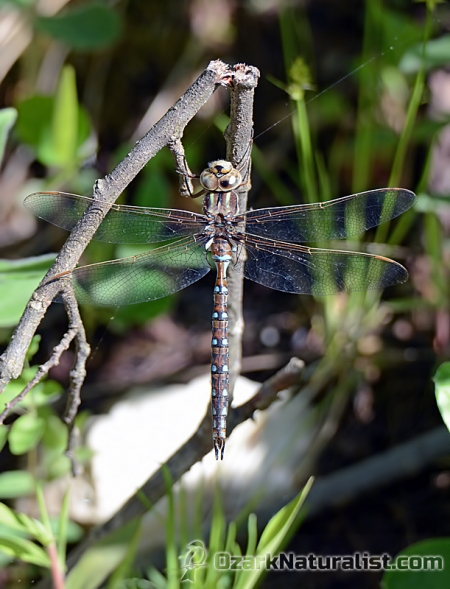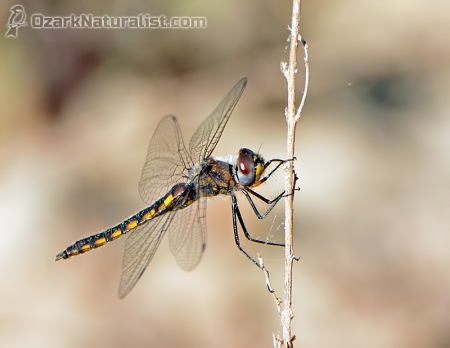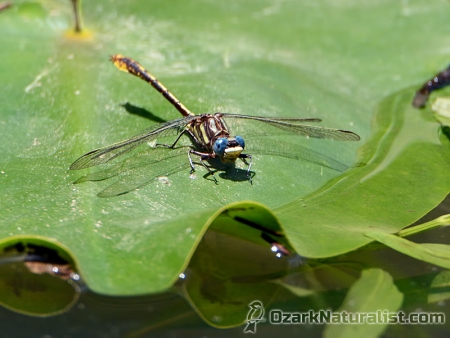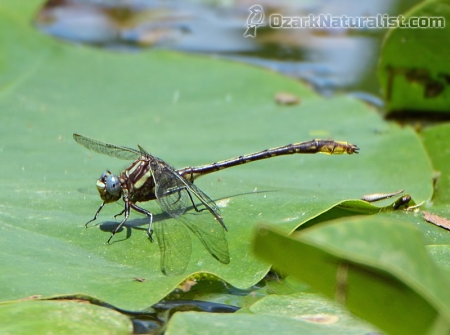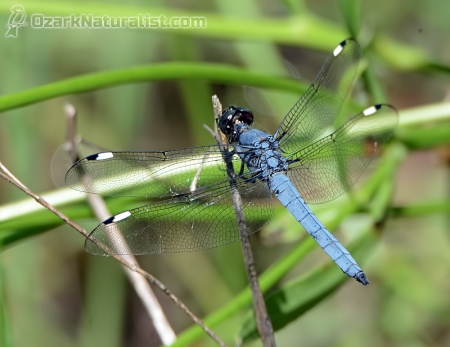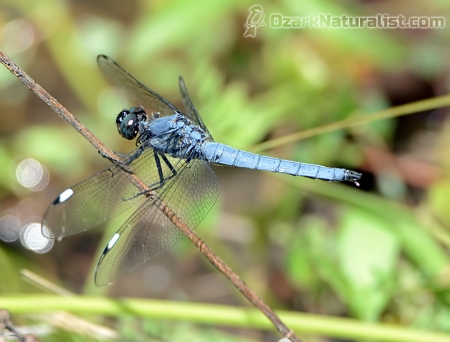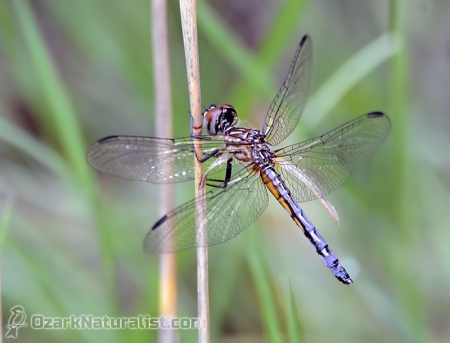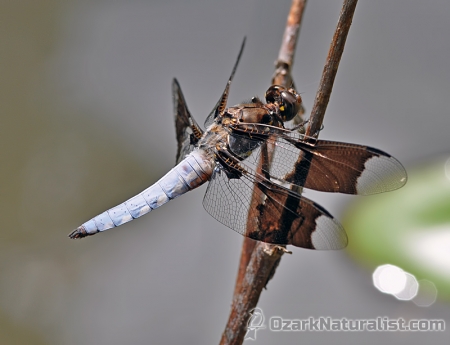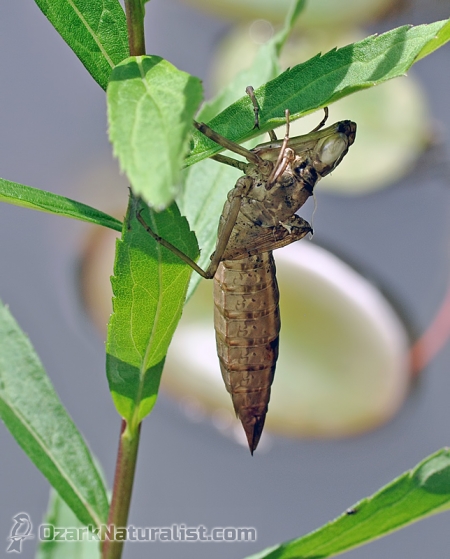The books of the Chronicles Trilogy by Margaret Weis and Tracy Hickman were released between November 1984 and November 1985. They were the first of many, many Dragonlance novels and were readily available, even in this very rural area, at a time when it wasn’t necessarily easy to find novels that weren’t romances or westerns. Needless to say, I ate them up, reading them over and over again.
I used Dragons of Autumn Twilight as a post title last fall, I didn’t get to use Dragons of Winter Twilight—I didn’t find any dragonflies this past “winter” though it was so mild I wouldn’t have been surprised to have done so—and now I’m finally getting around to using the title from the last book of the series.
And we’ll start with the aptly named Springtime Darner (Basiaeschna janata). I found him alongside the road in Grubb Hollow in the extreme southern part of the Park back in April. A lifer for me, this dragon along with a Gomphus that I saw nearby but didn’t manage to photograph, were the first dragonflies I encountered this spring.
Next is a Common Baskettail (Epitheca cynosura) that I found in the yard here at home. These are fairly common and I find them here almost every year.
Now we’re back to another Gompus, one that I think is G. exilis or Lancet Clubtail. I don’t think I’m ever really sure with the clubtails. Anyway, I photographed this one along the dam of Big Tree Slough a week ago.
I took these last few photos at my pond today. I know I’m barely coming in under the deadline for spring, but I do still have a couple of days left. And Astronomical spring doesn’t end until June 21, though I consider that well into summer. But I digress.
We have a Spangled Skimmer (Libellula cyanea),
male and female Blue Dashers (Pachydiplax longipennis), both shiny and new looking,
and a male Common Whitetail (Plathemis lydia).
I found several of these exuvia along the shallow part of the pond. They were large, all of them more than 2” long and I’m pretty sure they were Common Green Darners (Anax junius). I do have Comet Darners (A. longipes) too, but in much smaller numbers, so I’m going with A. junius.
